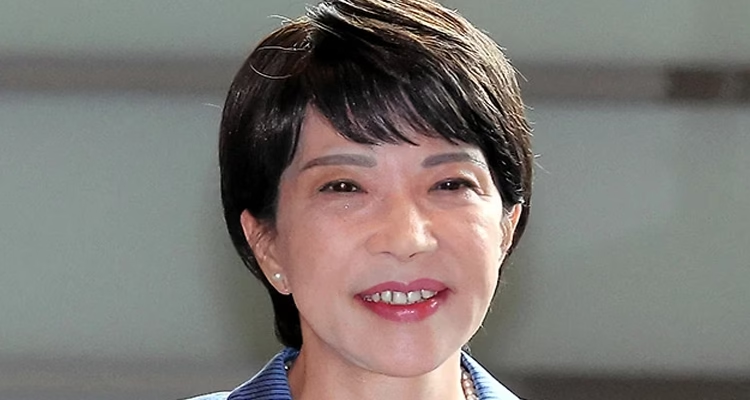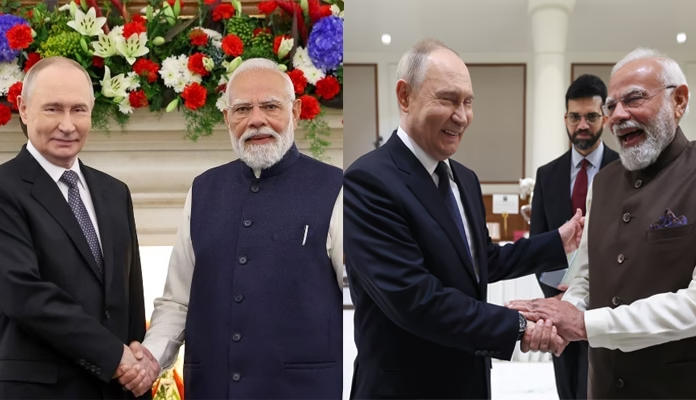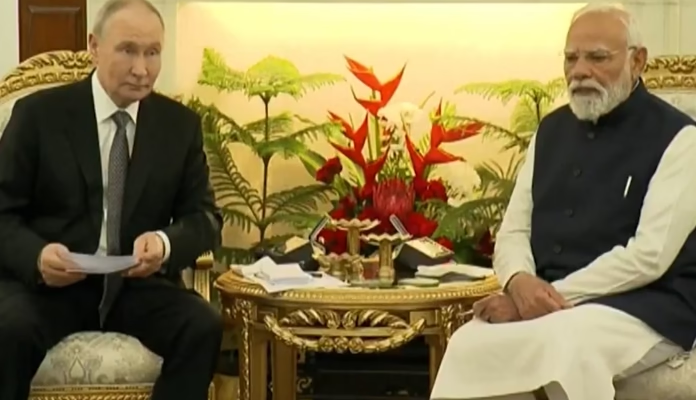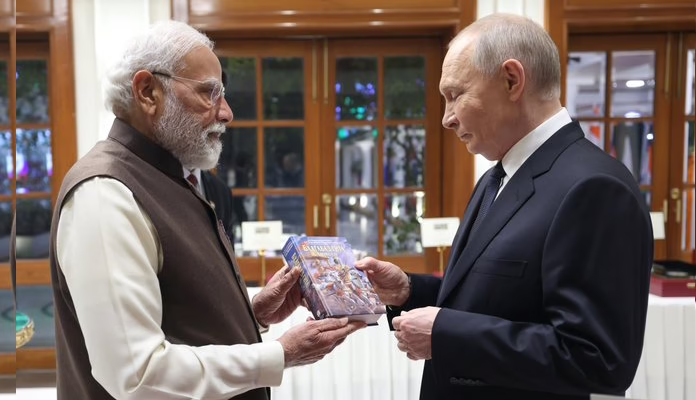
Tokyo: Japan turned a historic page on Tuesday as Sanae Takaichi became the nation’s first-ever woman prime minister, marking a breakthrough in a political landscape long dominated by men. Her election follows a dramatic reshuffle in Japanese politics after the ruling Liberal Democratic Party (LDP) struck a surprise power-sharing deal to stay in charge.
Sanae Takaichi- A New Face at the Top
At 64, Takaichi — a conservative stalwart and longtime LDP insider — broke through Japan’s toughest political glass ceiling. Parliament voted her into office after former PM Shigeru Ishiba stepped down, taking responsibility for the LDP’s dismal election showing.
Takaichi’s rise came after days of tense negotiations. With the party’s traditional ally Komeito walking away, the LDP clinched an unexpected deal with the right-leaning Japan Innovation Party (Ishin no Kai), paving her path to power.
From Abe Loyalist to Power Player
Known as a protégé of the late Shinzo Abe, Takaichi has served in several key cabinet positions — from internal affairs to economic security. Often dubbed “Japan’s Iron Lady,” she has openly admired former British PM Margaret Thatcher and espouses a firm stance on national security and constitutional reform.
Her political views are unapologetically hawkish. She has called for a stronger defence posture, economic resilience, and tighter technology safeguards — a reflection of her deep concerns about China’s growing influence in the region.
Big Challenges Ahead
Takaichi steps into office facing serious headwinds: a sluggish economy, a weak yen, and fading public confidence in the LDP. Analysts say her biggest challenge will be stabilising the fractured party and building trust among voters sceptical of yet another leadership reshuffle.
Internationally, her tough line on Beijing and close alignment with Washington are likely to define Tokyo’s next foreign policy chapter.
Symbolic Yet Controversial
While Takaichi’s rise is a watershed for Japan’s women, her personal politics are far from feminist. She opposes same-sex marriage, supports male-only imperial succession, and has been reluctant to back gender quotas in politics.
For many, her elevation symbolises progress in name, not necessarily in policy. Yet, her presence at Japan’s helm — in a society ranked among the lowest in gender equality — still carries undeniable historic weight.
As she takes office, all eyes are on whether Takaichi can turn symbolic victory into substantive change — and lead Japan with the decisiveness she’s long promised.
Prime Minister Narendra Modi congratulated Sanae Takaichi on becoming Japan’s first woman Prime Minister, expressing hope for deeper ties between the two nations.
In a post on X, Modi wrote, “Heartiest congratulations to Sanae Takaichi on her appointment as Prime Minister of Japan. I look forward to working closely together to further strengthen and evolve the special strategic and global partnership between India and Japan.”
Heartiest congratulations, Sanae Takaichi, on your election as the Prime Minister of Japan. I look forward to working closely with you to further strengthen the India–Japan Special Strategic and Global Partnership. Our deepening ties are vital for peace, stability, and prosperity…
— Narendra Modi (@narendramodi) October 21, 2025



